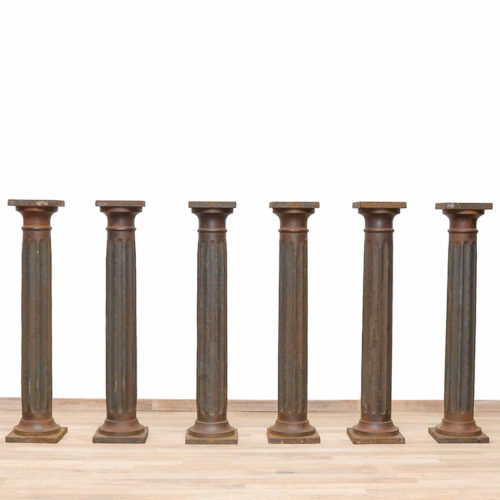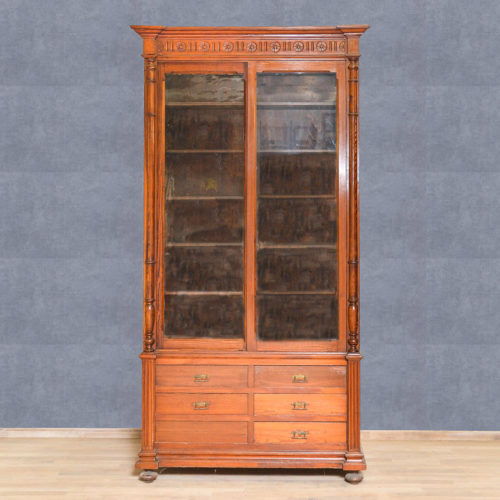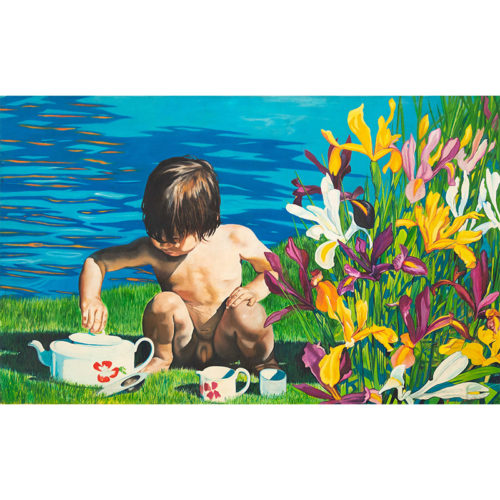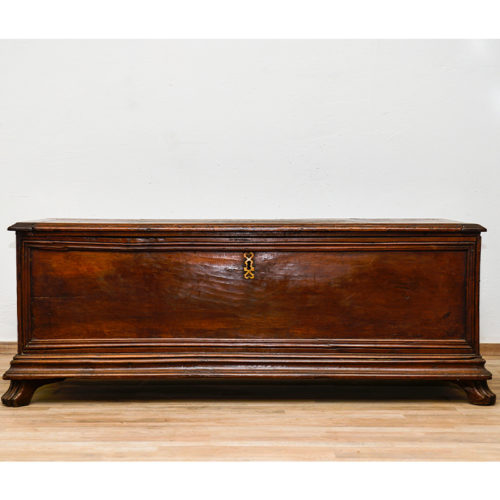Group of six cast iron columns, dating back to the 19th century, which can also be purchased in pairs.
-
Out of stock
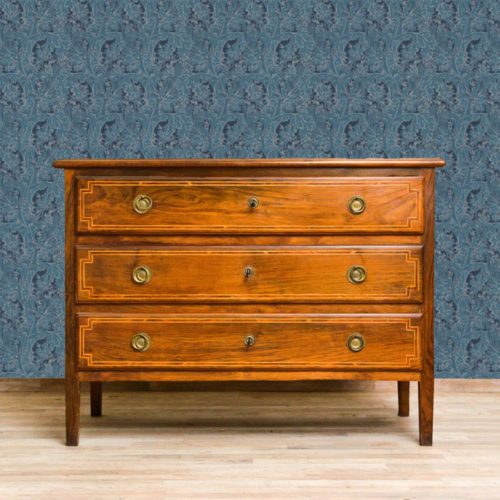 Directory chest of drawers with three drawers, Piedmontese origin, in walnut wood, late eighteenth century style. Threaded drawers in bois de rose and maple, truncated pyramidal legs. Invoice period about 1800. The chest of drawers is in excellent condition Period: late 18th century - early 19th century Measurements: H 91 X L 123 X P 55 cm
Directory chest of drawers with three drawers, Piedmontese origin, in walnut wood, late eighteenth century style. Threaded drawers in bois de rose and maple, truncated pyramidal legs. Invoice period about 1800. The chest of drawers is in excellent condition Period: late 18th century - early 19th century Measurements: H 91 X L 123 X P 55 cm
